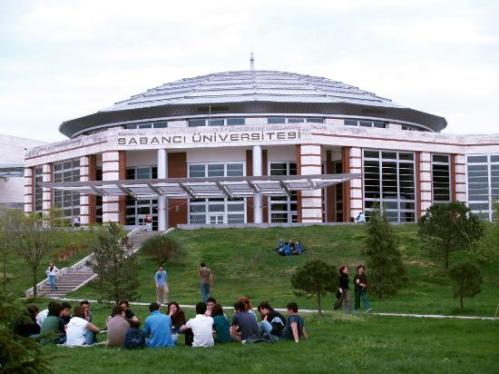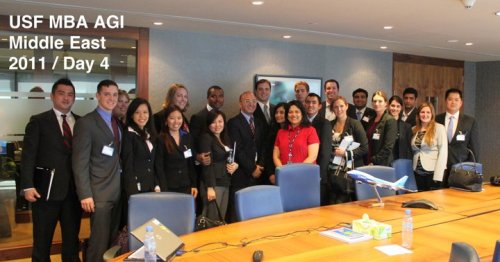On Monday, January 10, the group took a tour of the luxurious Burj al Arab, a five star hotel within the Jumeirah group. The hotel is built on a man made island and is replete with gold leaf motifs, 24 hour butler service, and incredible views of the gulf and man made palm islands. We toured the second smallest guest room, which boasts two bedrooms, three baths, servants’ quarters, and amazing views.
We then met with Terry Kane, Director of Digital Strategy for Jumeirah Group. He overseas all online presence for Jumeriah group which includes over 20 websites, translated into 4 languages. Mr. Kane spoke about the challenges of creating relevant content for the companies group of websites. Kane spoke about building a “happy path” for their customers, ensuring the customer’s experience is a good one from start to finish and they find what they are looking for on the website whether it be more information about the hotel or securing a booking.
Next we meet with Dr. Stuart Jauncey, Dean of The Emirates Academy of Hospitality Management. The school was founded in 2001 by the Jumeriah Group with the intention of training world class professionals in hotel management. The school currently has just over 300 students representing over 55 nationalities. Dr. Jauncey touched on his 3 basic rules for doing business in the Gulf:
1. Obey Islamic law, or Shariah
2. Favor Family, tribe and friends first when doing business
3. Be hospitable and protect one’s “face”














